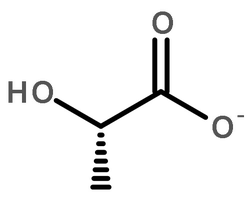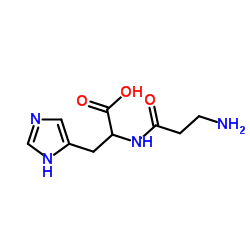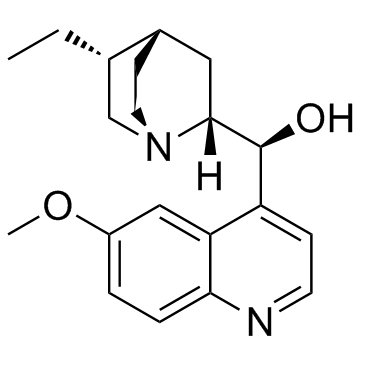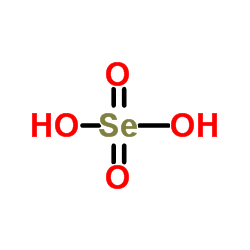| 结构式 | 名称/CAS号 | 全部文献 |
|---|---|---|
 |
谷氨酰胺酶 来源于大肠杆菌
CAS:9001-47-2 |
|
 |
L-乳酸脱氢酶(悬浮液)
CAS:9001-60-9 |
|
 |
丙酮酸激酶
CAS:9001-59-6 |
|
 |
二氢奎尼丁
CAS:1435-55-8 |
|
 |
硒酸
CAS:7783-08-6 |